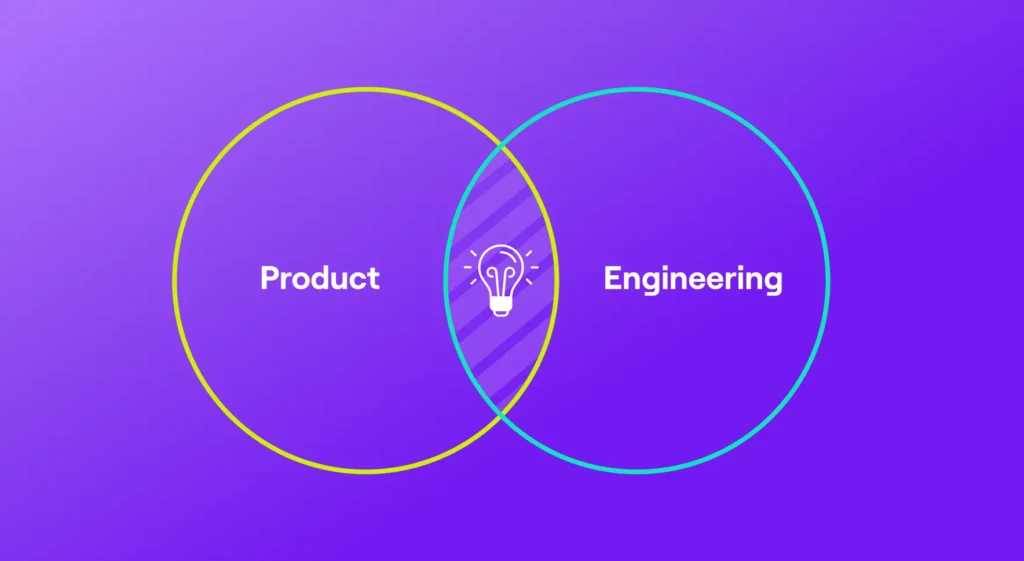2022 State of Engineering Management Report Identifies Shift Towards Innovation
BOSTON, April 20, 2022 — Jellyfish, the pioneer of Engineering Management Platforms (EMPs), today released its third annual State of Engineering Management report. To compile the findings in the report, Jellyfish analyzed 23,000 engineers’ work while surveying hundreds of engineering leaders. The insights highlight both the challenges engineering teams face and how management responds.
Software increasingly leads business strategy, and engineering teams are a critical and resource-intensive part of most corporations. Their work is responsible for driving innovation, revenues and customer loyalty. In its third annual report on the state of engineering management, Jellyfish evaluates where engineering teams are using their time and resources, how they are operating and performing, and how leaders are investing for growth in 2022.
Jellyfish’s research found that engineering teams shifted focus on infrastructure work and teams are gearing up for growth, including headcount, customers, scalability, by doing the work that is needed to support that moving into 2022. In 2021 the average engineering team allocated 35% of its time to growth and innovation and 19% on infrastructure work, up nearly 6% from 2020 (14%), while support work was down nearly 5% from 29% last year to 24%. In 2021, teams spent 22% of their time on average on unplanned work. Engineers who are motivated and understand the importance of their work are more productive, as teams who devote 50% or more resources to growth and innovation work deliver software at least 3x faster than those who commit 25% or less.
“Engineering leaders who embrace data-driven decisions and use EMPs are managing more productive, more efficient, and more focused teams,” said Andrew Lau, CEO and co-founder at Jellyfish. “Despite the numerous challenges engineering teams have faced in the past two years, teams have both adapted and become more virtually collaborative as remote and hybrid work models multiply.”
Additional noteworthy findings identified in the 2022 State of Engineering Management include:
Engineering teams continue to improve operational efficiency and virtual collaboration: Cycle times were down 12% YoY — to 13 days from 14 days — and average issues resolved per engineer are up 5% YoY to 1.7 issues per week. As a result of the need to embrace remote work, engineering teams are using software to increase collaboration. Pull request (PR) comments per engineer are up 23% YoY, and PR reviews per engineer are up 30% on average to 1.7 from 1.3 reviews weekly. 44% of engineering leaders surveyed saw increases in productivity due to remote work and 42% saw increases in their team’s ability to ship code due to remote work.
Increasing visibility and reducing unplanned work continues to be a priority: Teams spent 22% of their time on unplanned work in 2021, a YOY increase of 3%. When engineering leaders had to identify the most significant challenges in 2022, 45% of respondents said making sure everyone is focused on the highest priority work was a critical element for success.
Organizations that leverage EMPs focus more on growth and innovation and are more productive: Engineering organizations that use EMPs allocate 29% more time to growth and innovation and spend 48% less time on unplanned work. Engineering organizations using EMPs spend 45% of their work on growth and innovation vs. organizations that do not use EMPs (35%). Engineering organizations using EMPs spend 11% of their work on unplanned activities vs. organizations that do not use EMPs (22%)
Engineering teams are poised for hiring and growth in 2022: More than 79% of engineering leaders expect to grow the size of their teams in 2022, and respondents say employee onboarding ramp time, virtual onboarding and hiring are among the most significant challenges they face.
“Visibility continues to be a major challenge for engineering leaders; it is the best way for teams to make sure engineers are focused on the highest priority work,” said Evan Klein, head of product marketing at Jellyfish. “Our research found that the gap is beginning to close as survey respondents’ main priority for the coming year is ensuring everyone is focused on the right goal at the right time.”
To learn more, download a copy of the 2022 State of Engineering Management or visit Jellyfish’s website.
About the study
To compile the findings in the State of Engineering Management in 2022, the Jellyfish Research team analyzed the work of over 23,000 engineers, while surveying hundreds of engineering leaders to understand the current state of engineering management. The survey was conducted in February and March 2022.





